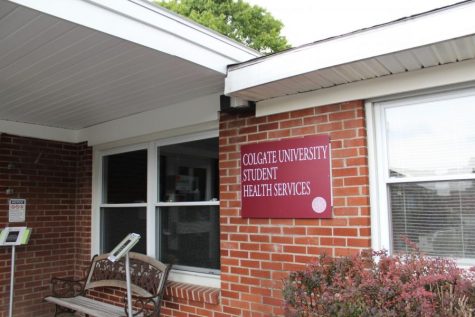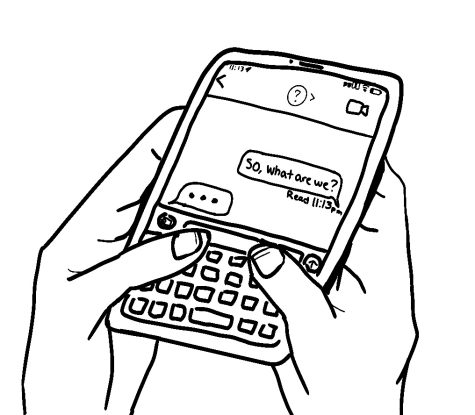Minus the City: Sex Ed
After receiving recommendations from multiple friends, I started binge watching “Sex Education” on Netflix. I don’t have time for a synopsis, but it is my new obsession and I suggest you check it out for yourself. The title of the series made me think of a conversation I had with another group of people about what we were taught in sex education, or rather, what we were not taught.
For me, growing up in a suburban town in northeastern Ohio, sex education occurred only in fifth grade and then again in high school (if you consider watching a slideshow of STIs and a video of a woman giving birth sex education). My fifth grade education focused on changes during puberty and the reproductive cycle. I thought I was receiving sufficient information, but looking back now, I realize how lacking it really was. Based on the curriculum taught, I thought that man-woman, penis-vagina sex was the only kind that existed and that it occurred when a man and woman lay opposite of one another, the penis just at the entrance of the vagina. I didn’t even know that penetration was a part of sex.
Beyond this sadly comical portrayal of sex, important conversations surrounding consent, pleasure and health issues were absent. Endometriosis? Never heard of it before college. Sexual assault? I didn’t know what constituted assault, again, before college. Doggy-style, missionary, 69ing, anal, BDSM? I found out about those through media and conversations throughout middle school and high school. Sex as a pleasurable act? What a novel thought. Masturbation? I only knew what Catholic Church said—that it was an abhorrent sin.
When we choose not to educate young people about the realities of sex, the good and the bad, we leave them with limited choices. They can live in obscurity, confused about their thoughts and their bodies. They can choose to find other means of learning the information, and may be directed to knowledge that is false or downright harmful. They can feel shame for not being “normal,” according to the education they were given. They can lack an understanding of what is okay or not okay for others to do and say to them. How do we begin to solve these issues? All together now: comprehensive sex education!
A call for comprehensive sex education is not a novel thing. It’s not a new idea I came up with. I am among the many who advocate for a holistic, multi-year, age-appropriate approach to learning about sex; an education that teaches about the different kinds of sex one can have (with all sorts of different bodies), about respecting boundaries, about the effects of drugs and mental health on sexual experiences, about pleasure. But has it had any effect? I hope for a day when states and school districts change their sex education policies. I long for new curricula that reverse the trend of students having low confidence and limited knowledge. Am I shouting into a black hole here? Maybe, maybe not.
Contact Kira Palmer at [email protected].









